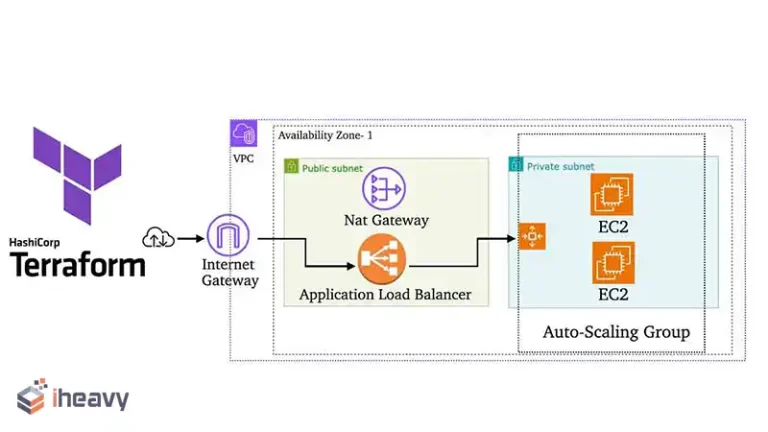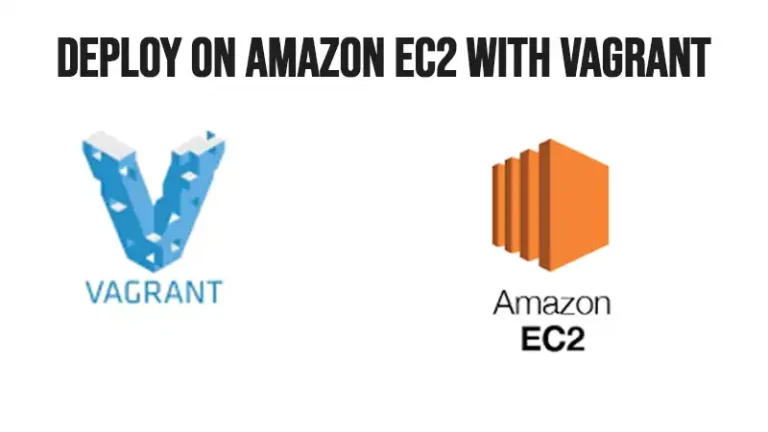How Security Gets Integrated in Cloud Computing: Securing the Cloud
Cloud computing has revolutionized the way businesses operate, offering scalability, flexibility, and cost-efficiency. However, with the proliferation of cloud services, security concerns have become a top priority.
This is done by the shared responsibility model where both the cloud service provider (CSP) and the cloud user share the onus of securing the cloud environment. In this article, we will try to understand how security is integrated into cloud computing and the measures taken to protect data and resources in the cloud environment.

Shared Responsibility Model: A Collaborative Effort
Cloud security operates on a shared responsibility model. This means that both the cloud service provider (CSP) and the cloud user share the onus of securing the cloud environment. The CSP is responsible for securing the underlying infrastructure, platforms, and services, while the user is responsible for securing their data, applications, and access controls.
Building the Security Wall: Layered Defense Mechanisms
Several layers of security work together to protect your cloud environment:
- Physical Security: CSPs employ robust physical security measures like restricted access, video surveillance, and environmental controls to safeguard their data centers.
- Network Security: Firewalls, intrusion detection/prevention systems (IDS/IPS), and virtual private networks (VPNs) create secure perimeters to filter traffic and prevent unauthorized access.
- Data Security: Encryption at rest and in transit protects sensitive data from unauthorized eyes. Data loss prevention (DLP) solutions further secure confidential information.
- Application Security: Secure coding practices, vulnerability scanning, and web application firewalls (WAFs) shield applications from cyberattacks.
- Identity and Access Management (IAM): Robust IAM systems control user access and privileges, ensuring only authorized personnel can access specific data and resources.
- Compliance and Auditing: Regular security audits and adherence to industry regulations like HIPAA and PCI-DSS demonstrate a strong commitment to data privacy and security.
CSP Offerings: A Security Arsenal at Your Fingertips
Most CSPs offer a plethora of built-in security features and services, empowering users to further fortify their cloud environments. These include:
- Security dashboards and reports: Real-time insights into security threats and vulnerabilities.
- Threat intelligence: Proactive protection against emerging threats and attack vectors.
- Security incident response: Expert assistance in case of security breaches.
- Compliance tools and templates: Streamlined compliance with industry regulations.
User Vigilance: The Human Firewall
While CSPs provide a robust security foundation, user vigilance remains crucial. Here are some best practices for cloud security:
- Implement strong passwords and multi-factor authentication (MFA).
- Regularly update software and applications.
- Monitor user activity and access logs for suspicious behavior.
- Train employees on cybersecurity awareness and best practices.
- Back up your data regularly and test your disaster recovery plan.
We need to remember that cloud security is not a destination, but a continuous journey. By understanding the shared responsibility model, leveraging your CSP’s security offerings, and practicing good security hygiene, you can build a secure and resilient cloud environment that keeps your data and applications safe in the ever-evolving digital landscape.
Frequently Asked Questions
How does cloud computing ensure the security of my data?
Cloud computing ensures data security through various measures such as data encryption at rest and in transit, robust identity and access management (IAM), network security controls like firewalls and VPNs, security monitoring and logging, compliance certifications, and backup/disaster recovery solutions.
Who is responsible for the security of cloud computing?
Cloud security follows a shared responsibility model. The cloud service provider (CSP) is responsible for securing the underlying infrastructure, while the customer is responsible for securing their applications, data, and user access. Collaboration between the CSP and the customer is crucial to maintaining a secure cloud environment.
Can cloud providers guarantee the security of my data?
Cloud providers invest heavily in security measures and certifications to ensure the security of customer data. However, customers need to understand their security responsibilities and implement proper security practices on their end. The shared responsibility model ensures a collaborative approach to security, reducing the risk of data breaches and unauthorized access.
To Conclude
To ensure secure cloud computing, organizations must adopt a multi-layered approach that includes encryption, access controls, network security, monitoring, and continuous updates. Regular audits, training, and staying updated with emerging threats are crucial for maintaining a secure environment and mitigating risks in the evolving cloud landscape.






